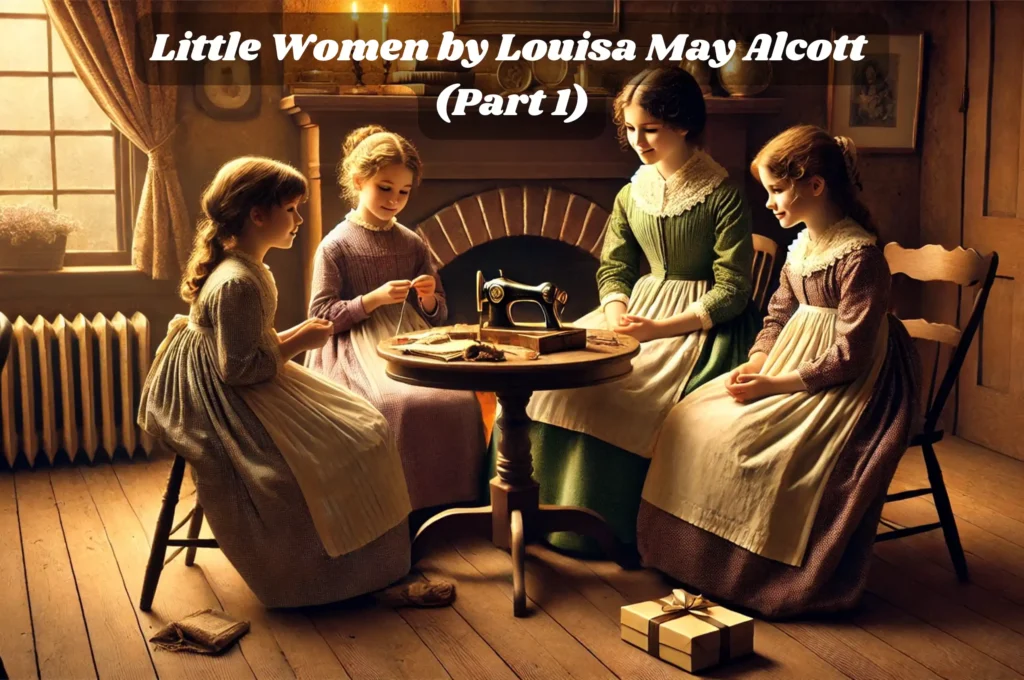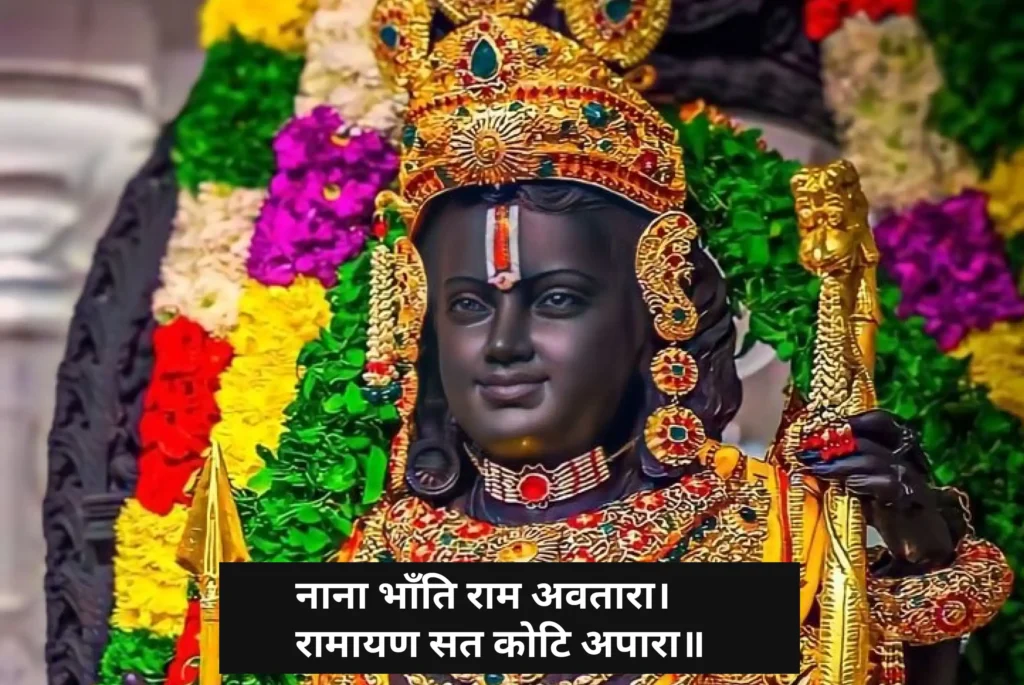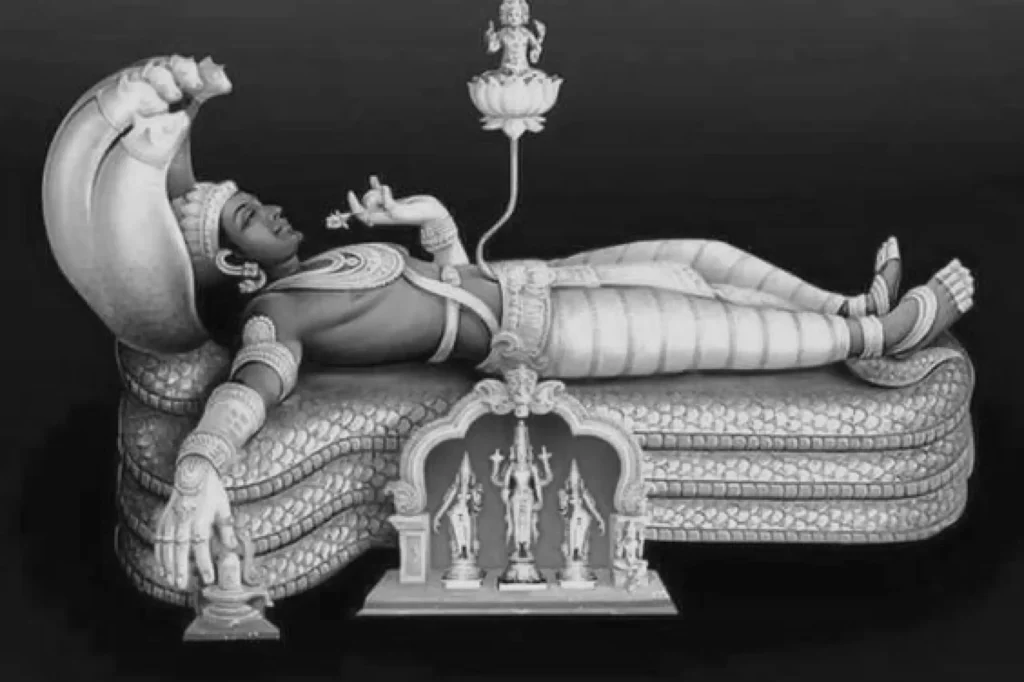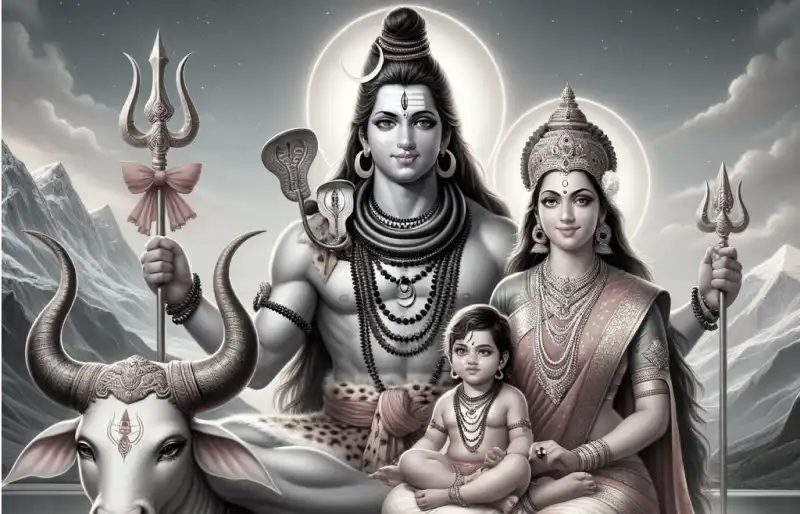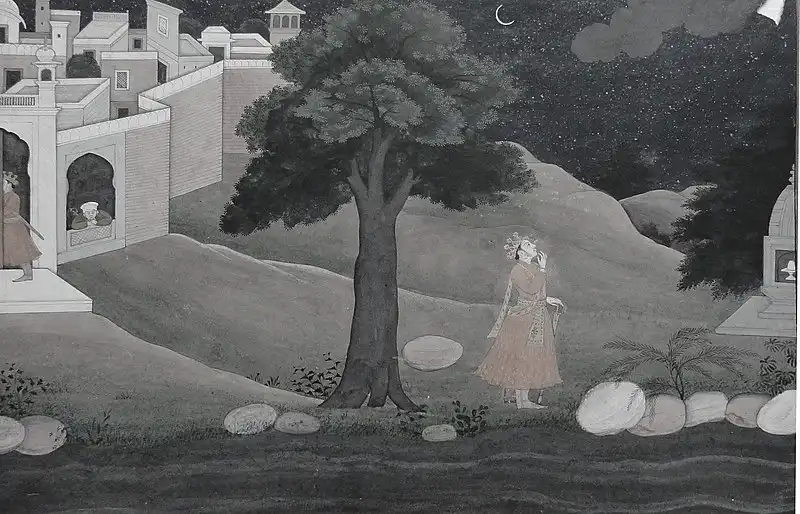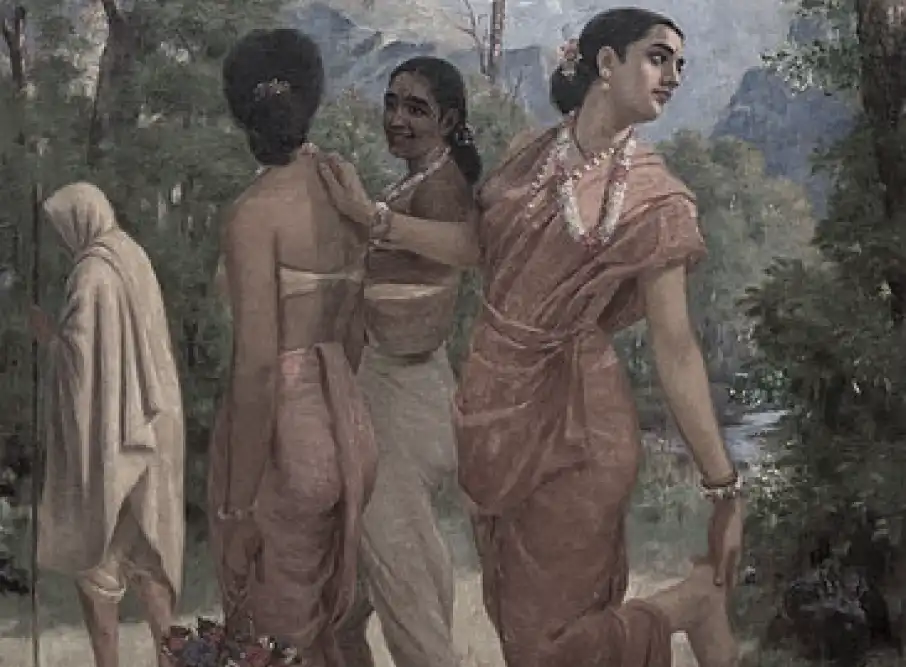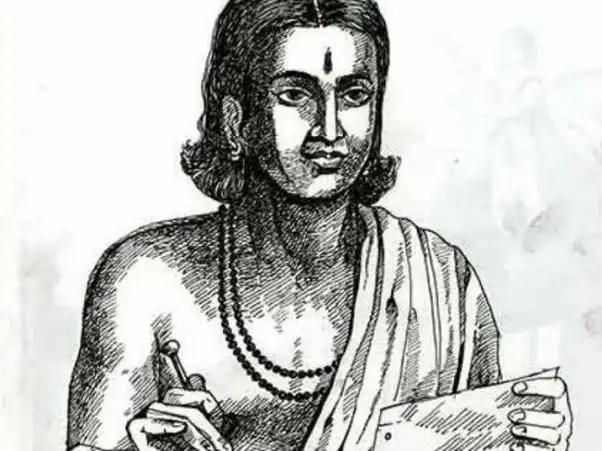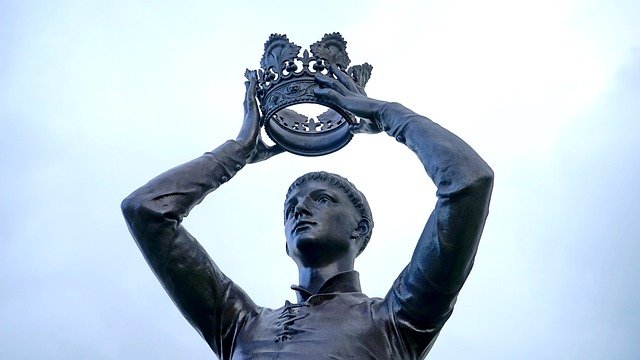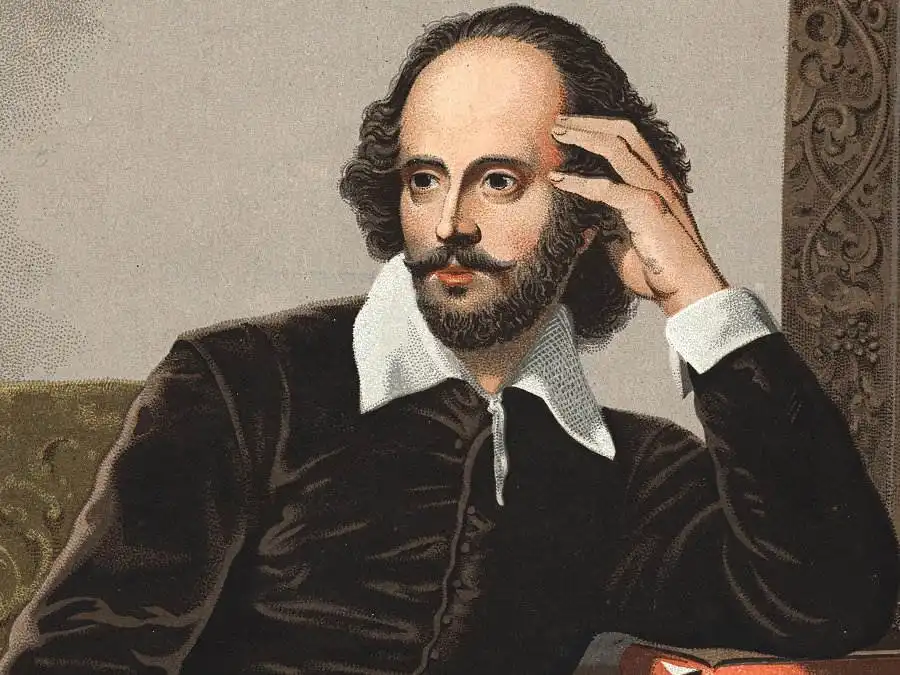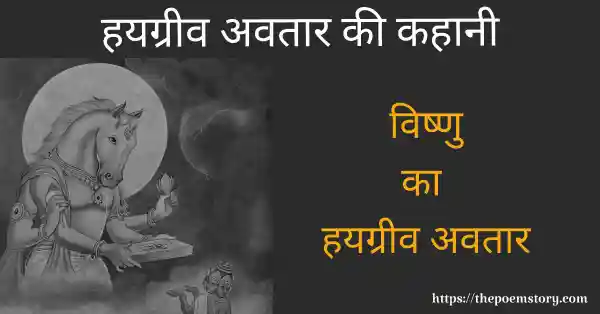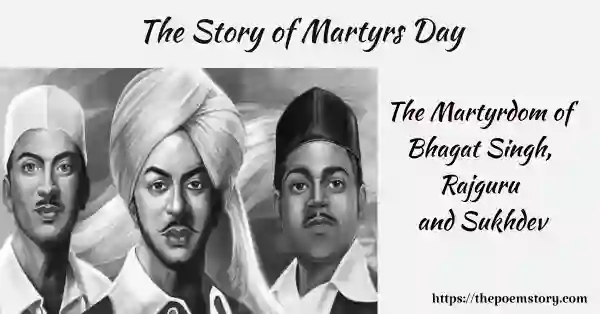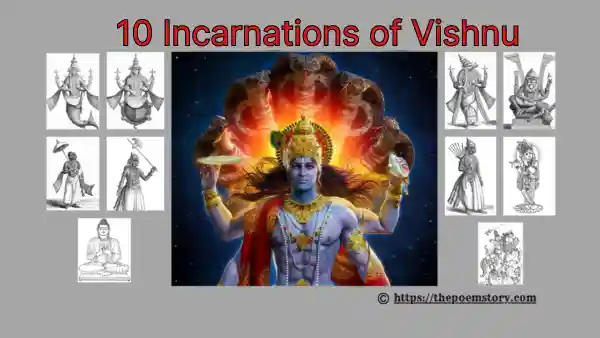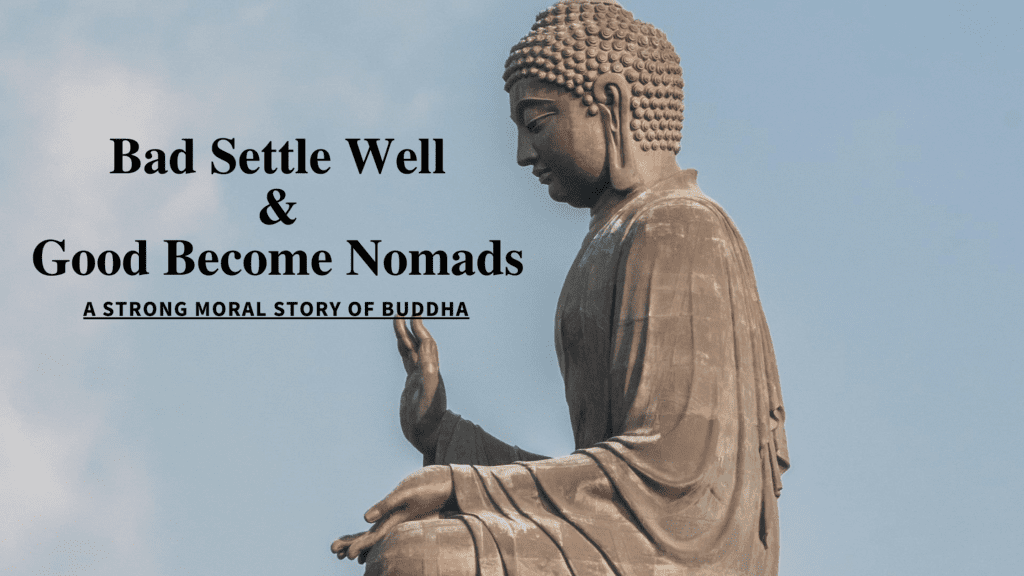The Amritsar massacre, also known as the Jallianwala Bagh massacre, occurred on April 13, 1919, in Amritsar, Punjab, India. Brigadier General Reginald Dyer’s British Indian Army soldiers opened fire on a gathering of unarmed Indian people who had assembled for a peaceful demonstration against British colonial authority.
The crowd had assembled in the Jallianwala Bagh area to celebrate the Punjabi holiday of Baisakhi as well as to peacefully protest the most recent imprisonment and deportation of two Indian leaders, Satya Pal and Saifuddin Kitchlew. Equipped with rifles and machine guns, the police opened fire on the unarmed people, killing more than 379 people and wounding thousands more.
The episode aroused enormous outcry in India and resulted in widespread censure of British colonial administration. In reaction to the slaughter, Mahatma Gandhi, a key leader in the Indian independence movement, advocated for nonviolent demonstrations and civil disobedience against British authority.
The Jallianwala Bagh massacre is still remembered as a traumatic and tragic event in Indian history, and it is largely recognized as a watershed moment in India’s independence struggle. It played a crucial role in the developing opposition to British rule in India, eventually leading to India’s independence in 1947.
Also Read: Story of Bhagat Singh | The Pioneer of Indian Freedom Struggle
Jallianwala Bagh Massacre | An Inhuman Act in History | Jallianwala | Sardar Udham Singh | Jallianwala Bagh events in detail | Inhuman Act in History
Table of Contents
Jallianwala Bagh Events in Detail
A large crowd of unarmed Indian people had assembled on April 13, 1919, at the Jallianwala Bagh, a walled public area in the Punjab city of Amritsar. The gathering had assembled to celebrate Baisakhi and to peacefully protest the recent arrest and deportation of two Indian politicians, Satya Pal and Saifuddin Kitchlew.
Brigadier General Reginald Dyer’s British Indian Army forces arrived at the location about 5:00 PM. Dyer ordered his forces to start fire on the unarmed mob trapped inside the walled enclosure of the Jallianwala Bagh without warning or provocation.
Armed with rifles and machine guns, the troops opened fire on the gathering, which comprised men, women, and children. People tried to leave or hide, but there was no way out of the cramped room. The firing lasted around ten minutes, or until the soldiers ran out of ammo.
The official death toll given by British Indian officials was 379, while some estimates place the figure far higher, maybe as high as 1000. Over a thousand people were hurt.
Dyer displayed little regret for his actions after the slaughter, defending them as vital to protect British power and avoid future uprisings. His acts, however, were highly denounced and condemned, both in India and globally.
The slaughter at Jallianwala Bagh aroused great indignation and riots throughout India, and it played a crucial part in the developing opposition to British colonial rule. In reaction to the slaughter, Mahatma Gandhi, a key leader in the Indian independence movement, advocated for nonviolent demonstrations and civil disobedience against British authority.
When the bullets were being fired, people had no place to escape. There is a well in the compound. When people were not able to escape, they jumped into the well. This well is popularly known as Shahidi Kuan. Which means, the well of martyrs.
Jallianwala Bagh Massacre – The aftermath
The British government formed a commission to examine the event, and the Hunter Commission report, which denounced Dyer’s actions and urged for his removal from duty, was released in 1920. Dyer was later dismissed from his office and censured by the British government, but he remained a hero to some in Britain, and the city of London even handed him a sword in honor of his deeds.
The Jallianwala Bagh massacre is still remembered as a traumatic and tragic event in Indian history, and it is largely recognized as a watershed moment in India’s independence struggle. It increased the yearning for freedom in India and eventually played a crucial part in the country’s war for independence, which was won in 1947.
General Dyer
Nobody murdered General Dyer, the British commander who ordered the Jallianwala Bagh slaughter. Dyer was heavily vilified and condemned for his conduct following the slaughter, both in India and worldwide. He was later dismissed from his position and censured by the British government, yet he remains a hero to some in the country.
Dyer left the service in 1920 and resided in the United Kingdom until his death in 1927. He was never charged for his activities in Jallianwala Bagh, but the episode tarnished his character and legacy. The Jallianwala Bagh massacre is still remembered as a traumatic and tragic event in Indian history, and it is largely recognized as a watershed moment in India’s independence struggle.
Sardar Udham Singh – Jallianwala Bagh Massacre Revenge
Sardar Udham Singh was an Indian rebel best known for assassinating former Lieutenant Governor of Punjab Sir Michael O’Dwyer in London in 1940. O’Dwyer was the British officer who authorized General Dyer’s conduct in ordering the Jallianwala Bagh massacre.
On March 13, 1940, Udham Singh entered London’s Caxton Hall, where the East India Association and the Royal Central Asian Society were holding a conference. O’Dwyer was there as a guest speaker. As O’Dwyer was exiting the hall, Udham Singh pulled out a revolver and fired six bullets at him, killing him instantly.
Udham Singh was captured and charged with murder. During his trial, he stated that the assassination was carried out in retaliation for the Jallianwala Bagh atrocity. He was convicted and condemned to death. On July 31, 1940, he was executed at Petionville Prison in London.
The killing of O’Dwyer by Udham Singh was an important incident in the Indian independence struggle, eliciting both indignation and enthusiasm in India. He is known as a hero and martyr who stood up to British colonial control and sought justice for the Jallianwala Bagh massacre victims.
Conclusion
This was definitely an inhuman act in History. The countries that shout out for Human rights and right to equality for all, they are in fact the world leaders today. This was the cost that India paid in hands of imperialism. Humans were killed, children and elderly people were shot and there was no way given to them to escape.
On reading this post, you feel the price of the freedom that people paid. This even had an impact on the young Bhagat Singh. This was the point when he turned toward violence and left the non-violence path of Gandhi. It is unimaginable as how a child would have felt on seeing such a massacre.
Compared to any incident that happened in the world, this act was inhuman enough. Imagine the situation that there was only a small gate, and it was blocked, and bullets were fired on the crowd. In my words, whosoever does such an inhuman act, is one of the worst kinds of human being. Yet people in Britain celebrate him.
This is not an ordinary story, this is real. You will definitely get goosebumps and your heart will fill with sadness, if you visit this place.
List of Poets in Alphabetical Order
कवियों की सूची




